A better way to fill seams and cracks in models
Since I started modelling again I have been using Milliput two-part putty to fill seam and repair cracks and other damage in my plastic models. Milliput is a great medium, it's easy to work with, is very malleable and it hardens extremely hard - the down side is that it takes up to 8 hours* to dry properly.
* After 3-4 hrs hardening, it needs same amount of time to fully cure, i.e. reach a level of settled hardness to allow for predictable sanding results.
 |
| Milliput is great to work with and hardens wonderfully, but is easy to sand or file. It also produces a very smooth finish. But it does have one drawback... |
Working with 'Perfect Plastic Putty'
A 40ml tube of Perfect Putty is about £5.39, and although thats hard to compare to what you get in a Milliput putty set I think it's a safe guess to say that you do actually get more material using Milliput. But that's not necessarily the most important thing.
My main concern is drying time, and also comparing the quality of the two putties. So I am trying the Perfect Putty out on a little project I am doing...
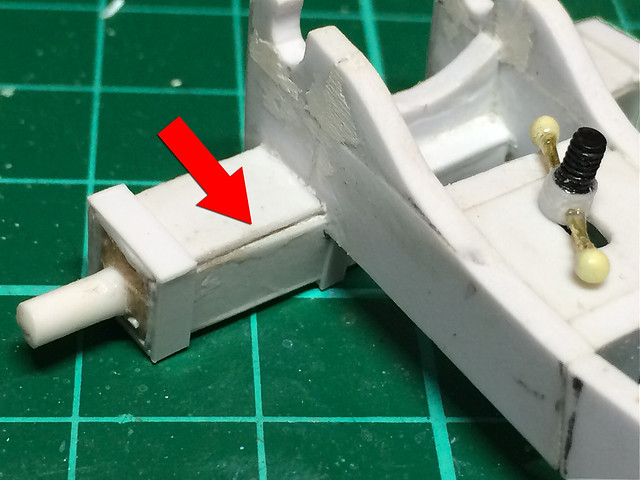 |
| A 1/32 scratch built artillery carriage I'm working on, and unfortunately I have a couple of gaps in the styrene framework I have made. |
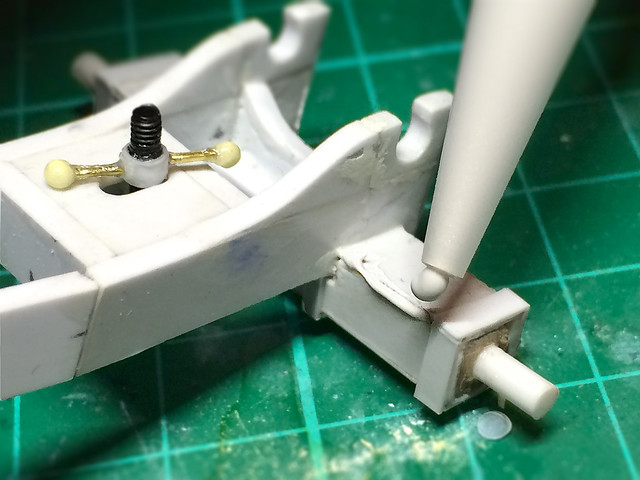 |
| Perfect Plastic Putty looks like PVA glue, but it's a bit more like cake icing in it's firmness (it isn't runny). It will stay where you place it. |
Which brings us to the most interesting property of a modelling putty (as far as I am concerned) - drying time. As I said, Milliput can take up to 8 hours to harden properly which isn't really convenient, and so my hope is that Perfect Putty speeds up the production time of modelling.
The good news is that my test application of Perfect Putty dried in 20 minutes! This is a huge difference and means that repairs can be done and you can get on with your modelling on the same day. Furthermore, the hardness of Perfect Putty was very good as well - maybe not as hard as Milliput but within half an hour I was sanding and filing my test repairs, that's amazing!
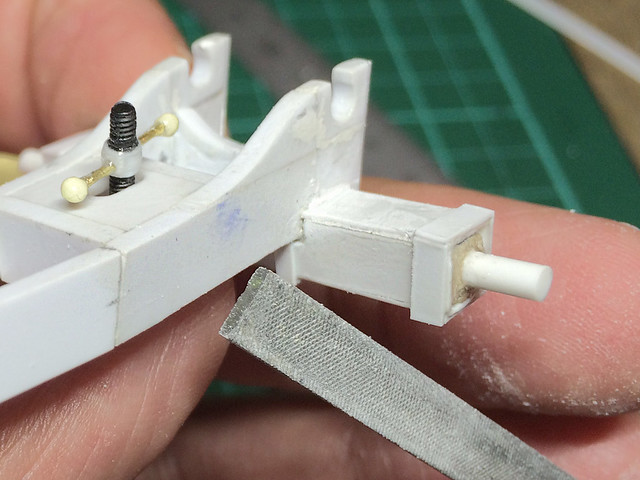 |
| As good a repair as I get with Miliput, and even if it isn't perfect I can reapply Perfect Putty and get on again within half and hour! |
On the surface this little experiment seems to suggest that Perfect Putty is superior to Milliput. It does the job that I mostly use Milliput for - filling seams and cracks in plastic models - but does that mean it has made Milliput obsolete?
No. Perfect Putty is a good filler putty, a perfect filler putty in fact (as far as repairing indentations is concerned). But Milliput has other properties that make it an indispensable part of your modelling tool kit. Milliput has many of the same properties as a clay, it's mouldable, you can sculpt with it, you can use it to build up broken sections of an object. You can't do that with Perfect Putty as it's simply too 'sloppy'. (Edit: 'Sloppy' is perhaps not the right word, it is slightly firm - like cake decorating icing - but it is not runny.)
So, as with so many modelling materials, it is really a case of horses for courses. That said, Deluxe Material's Perfect Plastic Putty is a superb material for one of the most routine jobs in plastic scale modelling - filling gaps and seams. And it does what it does in double quick time! This will be a new standard item in my modelling toolbox. Very impressed.
Link to the UK web site for Deluxe Materials - makers of Perfect Plastic Putty.
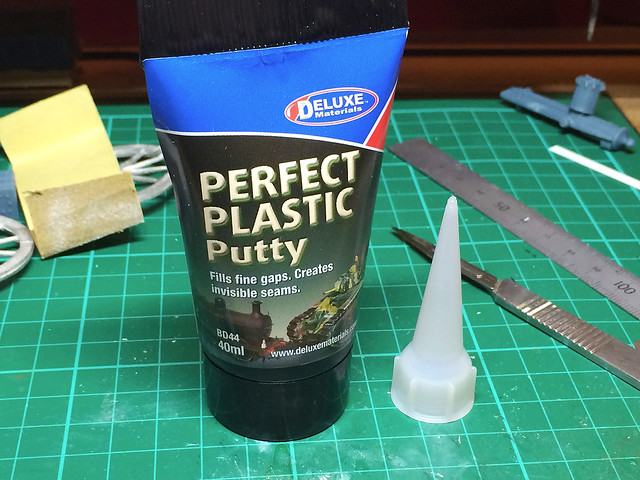
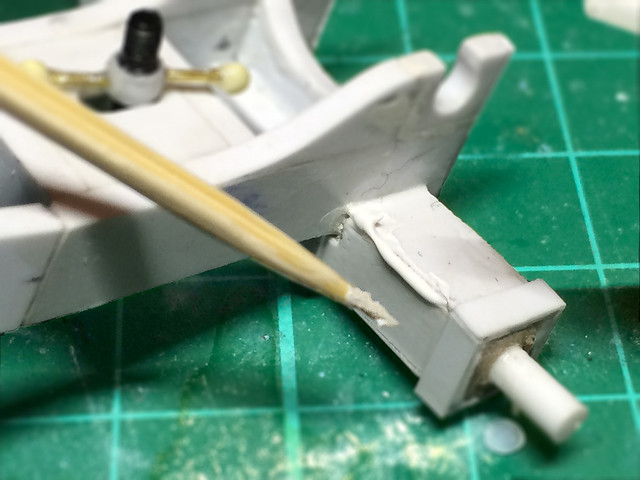
Interesting item. I'll keep a lookout for something like that this side of the Channel.
ReplyDeleteAnother neat thing about Perfect Plastic Putty is that you can apply it, let it set a minute or two, and then use a damp Q-tip to remove the excess. No sanding!
ReplyDeleteMany thank Jim, I'll have a go at that. Great for getting a nice smooth seam fill.
Delete